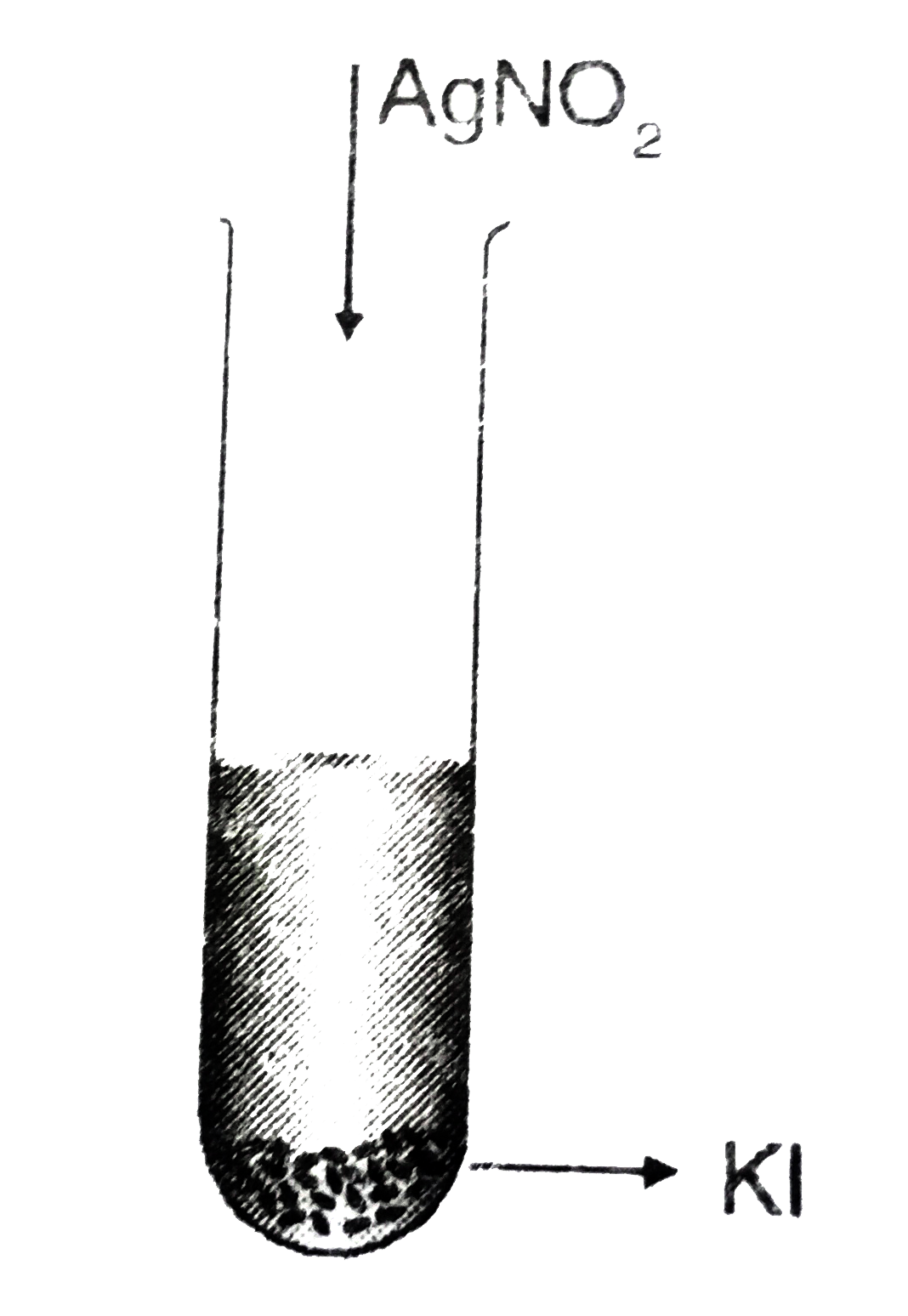The charge of colloidal particles is responsible for the stability of sols. Explain.
Step-by-Step Solution:
1. Understanding Colloidal Particles:
Colloidal particles are small particles that are dispersed in a medium (liquid or gas). They can range in size from 1 nanometer to 1 micrometer.
2. Charge on Colloidal Particles:
Colloidal particles often acquire a charge due to the adsorption of ions from the surrounding medium or due to the ionization of surface groups. This charge can be positive or negative.
3. Repulsion Between Like Charges:
When colloidal particles carry the same type of charge (either all positive or all negative), they experience electrostatic repulsion. According to Coulomb's law, like charges repel each other.
4. Prevention of Aggregation:
Due to the repulsive forces between similarly charged particles, they are prevented from coming too close to each other. This repulsion inhibits the aggregation or clumping of particles, which is crucial for maintaining the stability of the colloid.
5. Stability of Colloids:
Because the particles do not aggregate, the colloidal system remains stable. If the particles were to aggregate, it would lead to coagulation and eventually precipitation, which would destabilize the colloid.
6. Conclusion:
Thus, the charge on colloidal particles is fundamental to their stability. The electrostatic repulsion between like-charged particles ensures that they remain dispersed and do not settle out of the solution.
---
Colloidal particles are small particles that are dispersed in a medium (liquid or gas). They can range in size from 1 nanometer to 1 micrometer.
Colloidal particles often acquire a charge due to the adsorption of ions from the surrounding medium or due to the ionization of surface groups. This charge can be positive or negative.
When colloidal particles carry the same type of charge (either all positive or all negative), they experience electrostatic repulsion. According to Coulomb's law, like charges repel each other.
Due to the repulsive forces between similarly charged particles, they are prevented from coming too close to each other. This repulsion inhibits the aggregation or clumping of particles, which is crucial for maintaining the stability of the colloid.
Because the particles do not aggregate, the colloidal system remains stable. If the particles were to aggregate, it would lead to coagulation and eventually precipitation, which would destabilize the colloid.
Thus, the charge on colloidal particles is fundamental to their stability. The electrostatic repulsion between like-charged particles ensures that they remain dispersed and do not settle out of the solution.
Similar Questions
The charge on the colloidal particles does not account for the stability sols.T or F
View SolutionThe factors responsible for the stability of lyophilic sols are
View SolutionColloidal particles in soap sol carry
View SolutionWhat is the reason for the stability of colloidal sols?
View SolutionWrite the main reason for the stability of colloidal sols.
View SolutionThe electrical charge on the the colloidal particles is indicated by
View Solutioncollodial particles in a sol can be coagulated by :
View SolutionAssertion (A) Colloidal solutions do not show Brownian motion.
Reason (R) Brownian motion is responsible for stability of sols.
View Solution(a) A colloidal sol is prepared by the given method in figure. What is the charge of AgI colloidal particles in the test tube ? How is the sol formed, represented?
 (b) Explain how the phenomenon of adsorption finds application in Heterogeneous catalysis.
(b) Explain how the phenomenon of adsorption finds application in Heterogeneous catalysis.
(c) Which of the following electroytes is the most effective for the coagulation of Fe(OH)3 sol which is a positively charged sol?
NaCI,Na2SO4,Na3PO4
View SolutionThe charge on the colloidal particle is due to preferential adsorption of inos. True/False
View Solution
